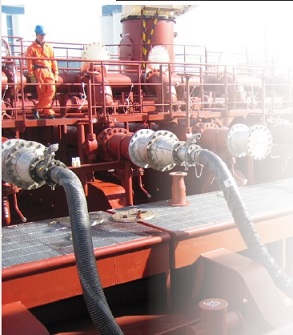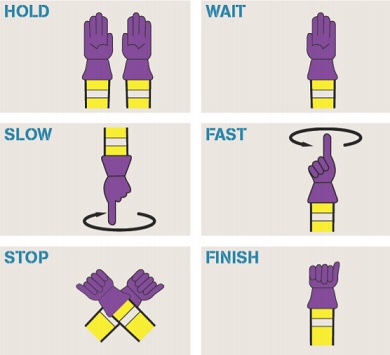 Home ||
Tanker Safety ||
Container Ship Handling ||
Commercial Management ||
EMS ||
Home ||
Tanker Safety ||
Container Ship Handling ||
Commercial Management ||
EMS ||
Caution to be given to Ships Bunkering operation
Fuel oil bunkering is a critical operation onboard ships that require receiving oil safely into the tanks without causing an overflow of oil. When disputes arise over quantity and quality transferred, investigations after delivery are usually inconclusive if the shipboard personnel of the receiving vessel is not correct and or fully informed and trained. Protests, legal fees, management time, loss of goodwill, stress all add on to costs with usually neither party concluding with certainty what transpired onboard. We have summarized below some basic safety proceudre that might be helpful for safe bunkering operations.
The Chief Engineer should be
responsible for matters that concern the engine room, including fuel oil systems and Bunkering.
Taking fuel oil (Bunkering) is a potentially high-risk operation; therefore, it should always
be the Chief Engineer's responsibility. However, the Master should always be aware of all that happens on a ship. Before an operation, the information should be obtained from the supplier.
The Chief Engineer needs to check all safety requirements for the refueling work following a ship specific Bunkering Check List and best endeavored to prevent marine pollution.




